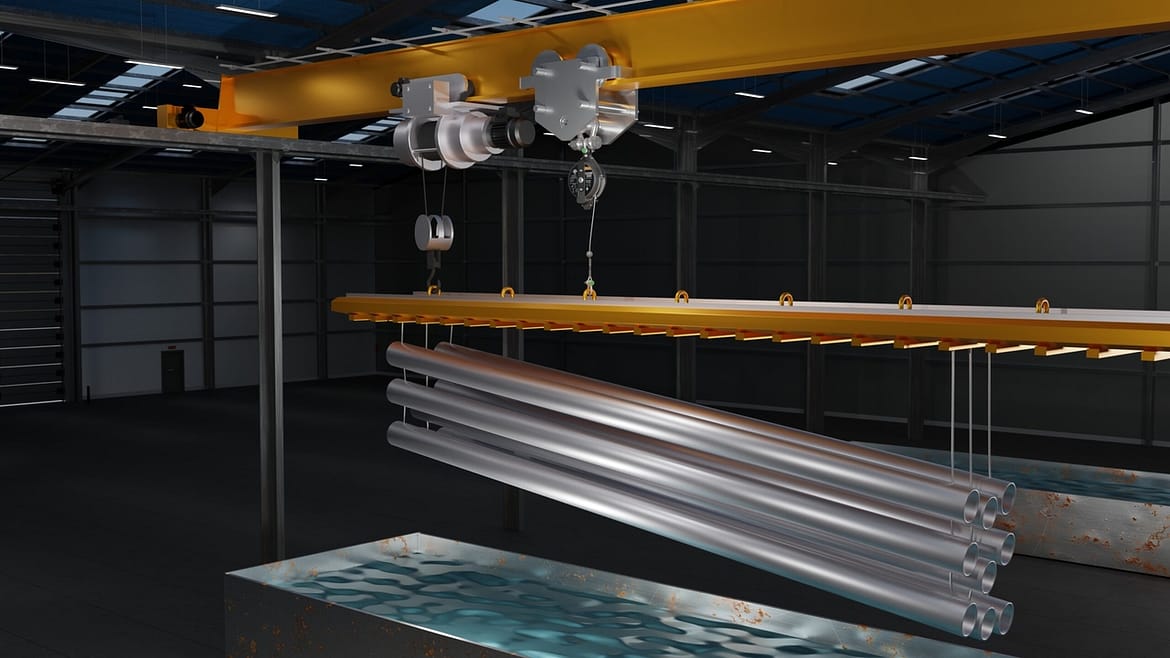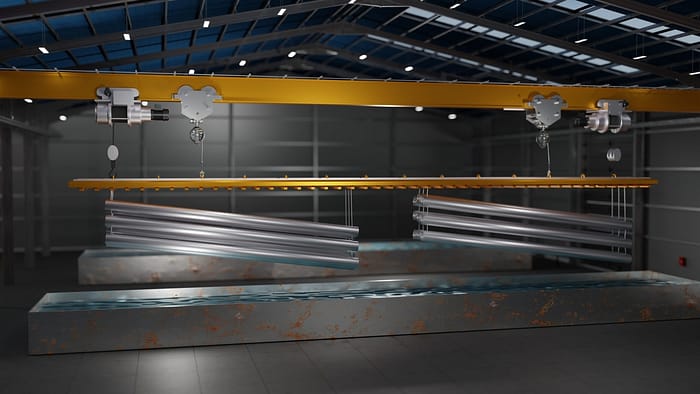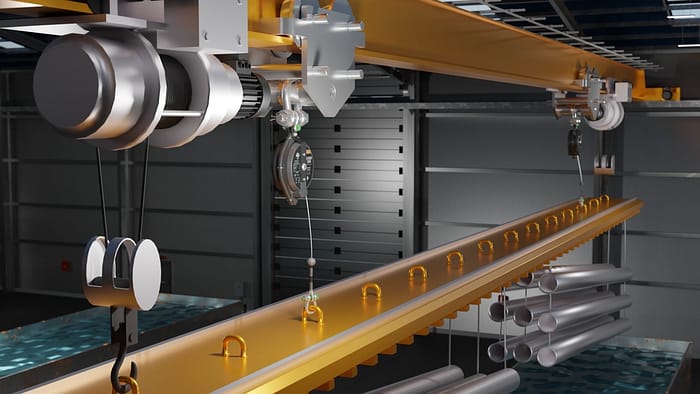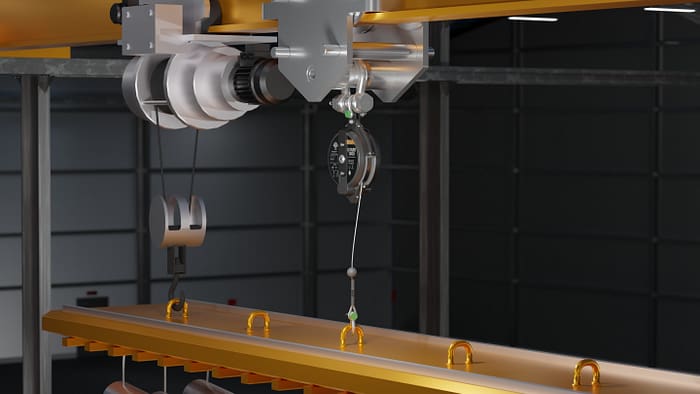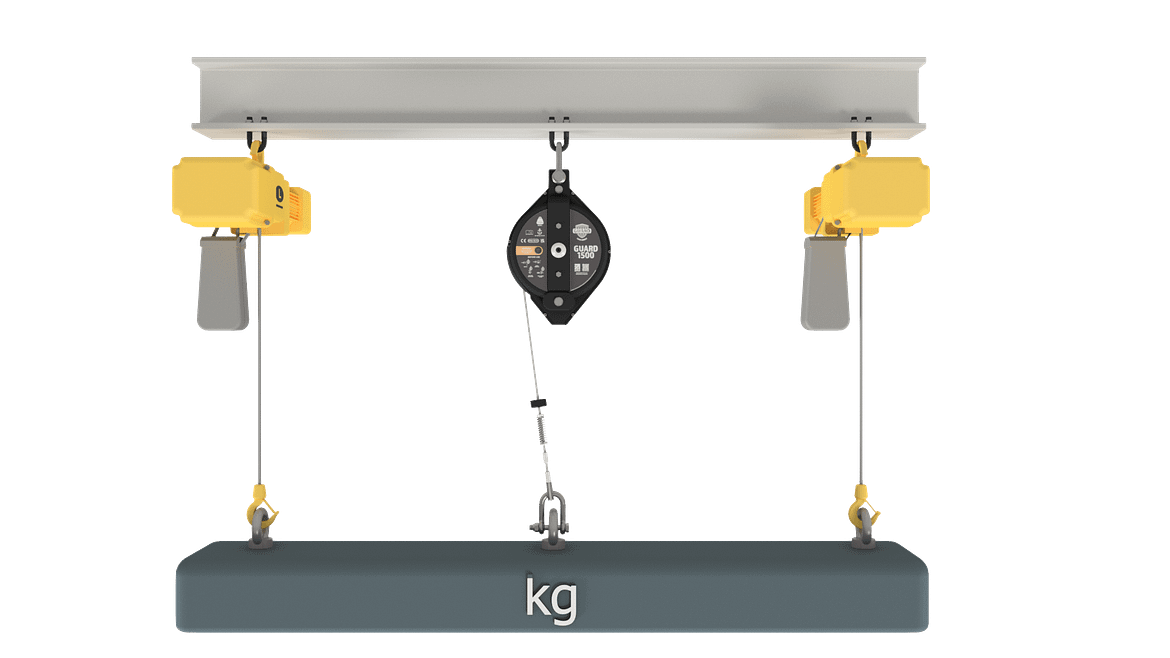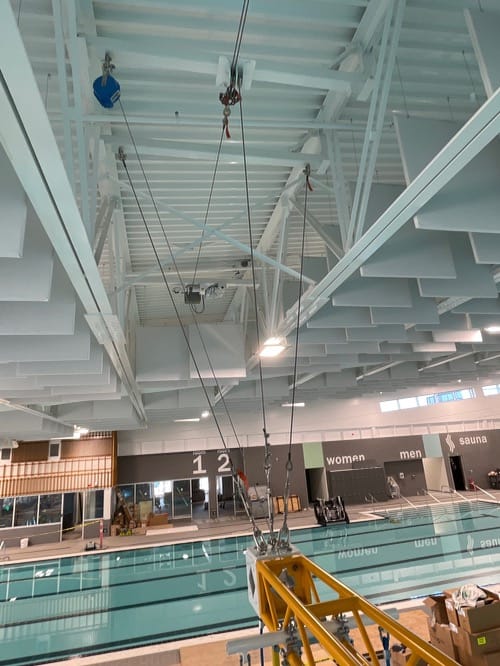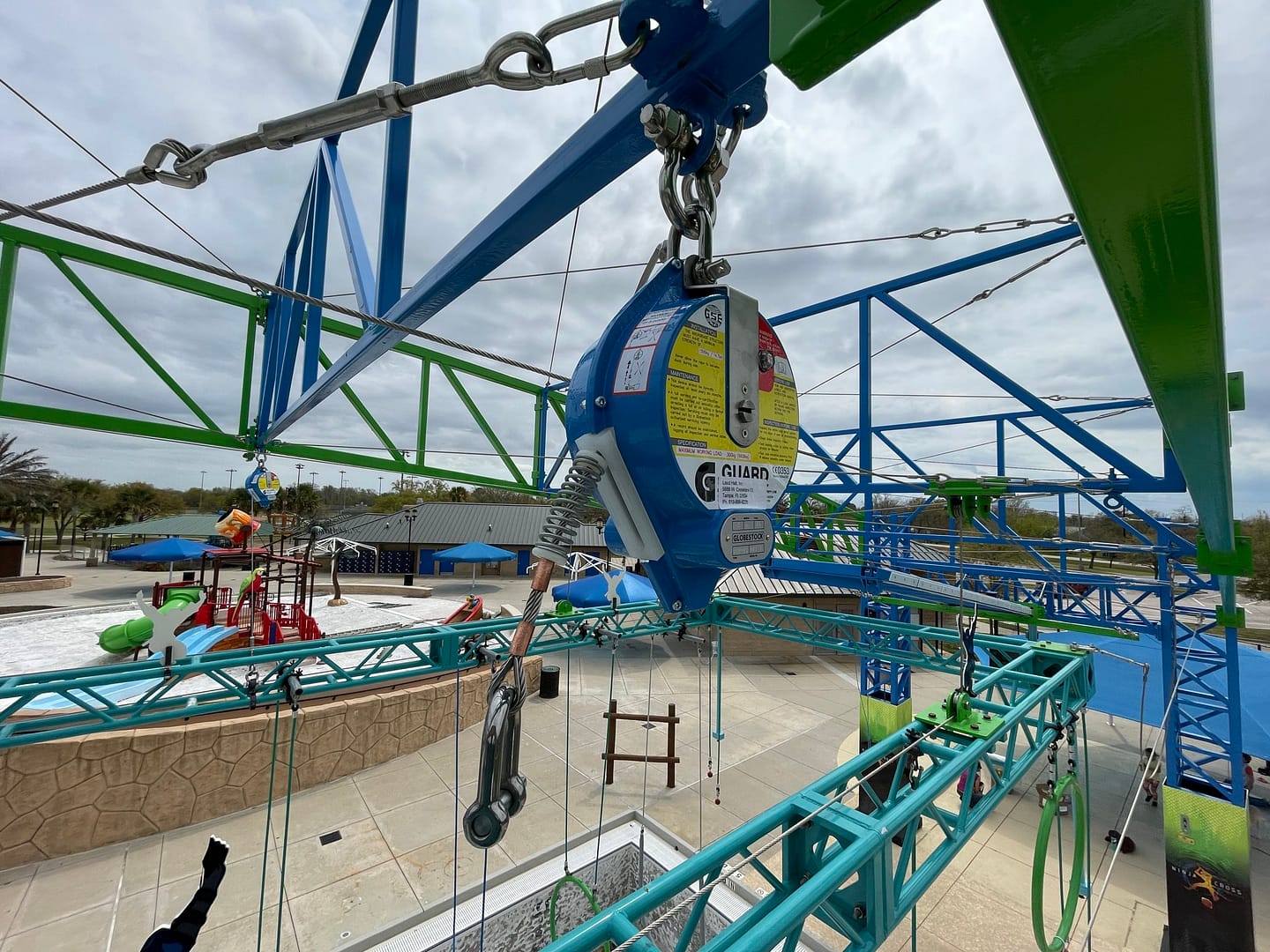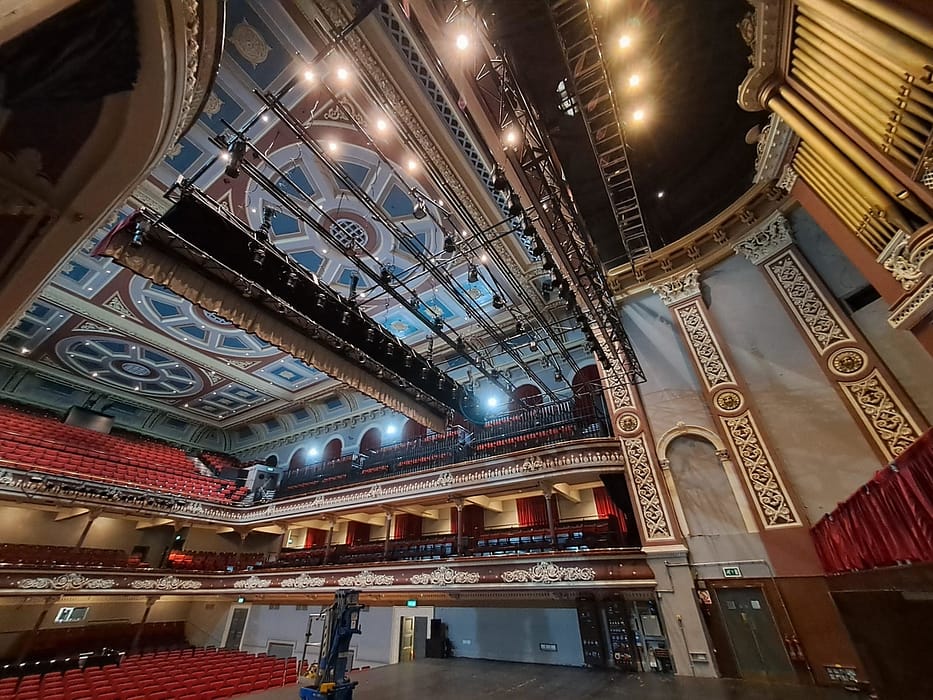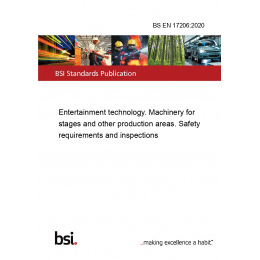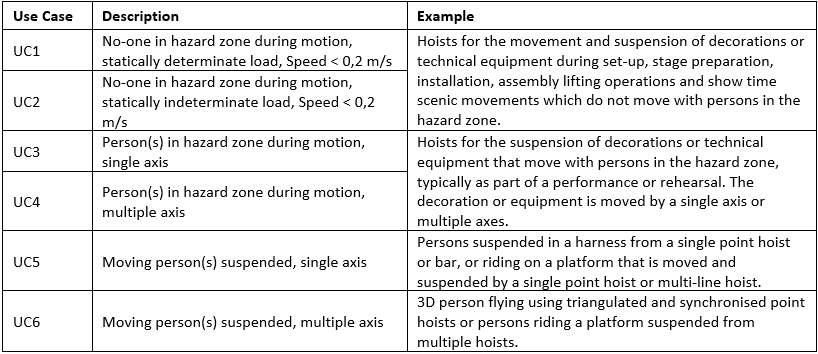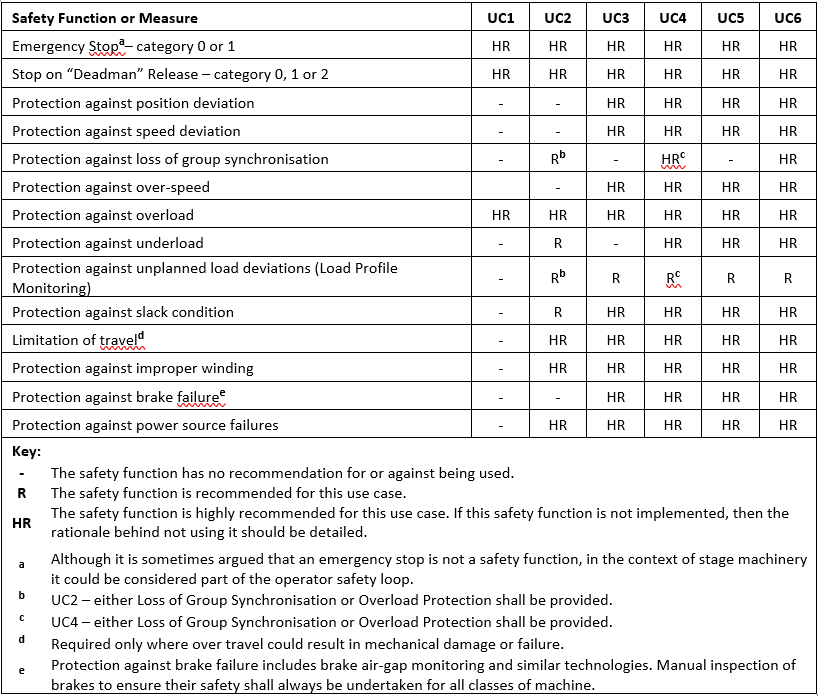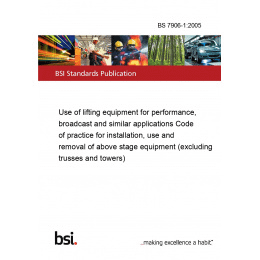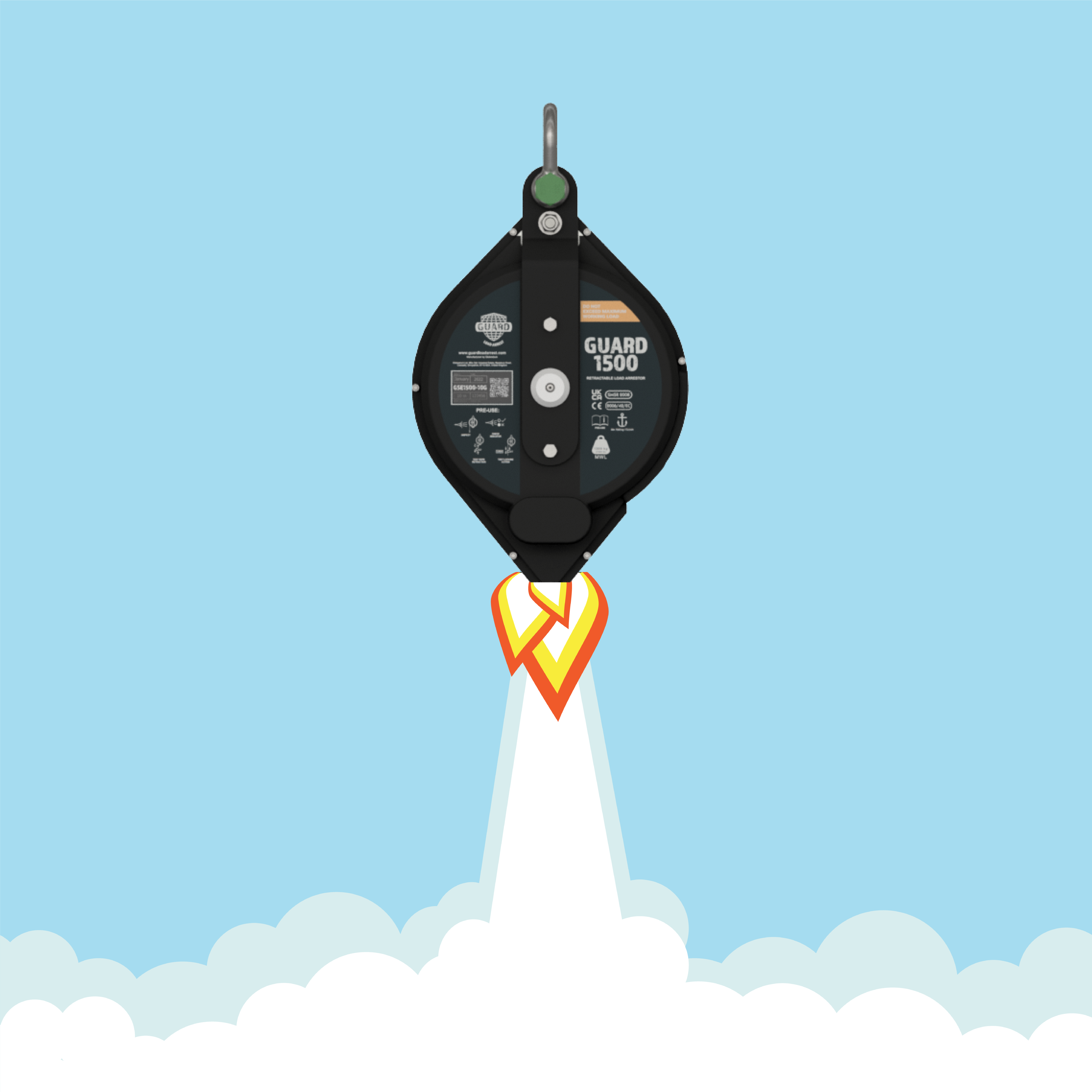Case Study: St George’s Hall
Client: St George’s Hall, Bradford Theatres
Problem:
The concert hall’s engineering team reached the conclusion that, to provide a safe system of work, adding-in Guard Load Arrest protection to the system would be the correct solution. However, with St George’s Hall being an old concert hall, the pipe we had to pass the load arrestor’s cable through was extremely narrow and, when researching the project, no obvious answer became apparent to allow the cable, ferrule, thimble & shackle to pass through the pipe from the anchorage point to the truss below within the theatre.
Solution:
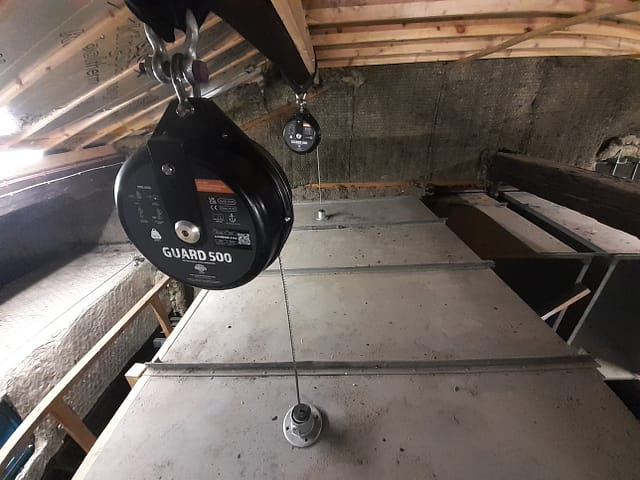
The new configuration of the bottom shackles on Guard Load Arrestors means that the shackle can be easily removed from the cable (the pin fits through the thimble), thereby solving part of the problem.
Due to the pipe being so narrow, the standard thimble still wouldn’t pass through the pipe. However, with Guard Load Arrest being the product manufacturer (with a full understanding of the product’s technical file), we were able to change the thimble to a narrow gauge alternative. This allowed the thimble to fit through the narrow pipe and then the shackle be reattached through the thimble.
This solution was achieved by Guard Load Arrest being able to manufacture the solution in accordance with the technical file and provide a solution that worked precisely for the customer.
Guard Load Arrest devient un supporteur officiel de l'ABTT
Guard Load Arrest est fier d'annoncer qu'il soutient l'Association of British Theatre Technicians (ABTT), une organisation de membres avec des coulisses et des bâtiments de théâtre en son cœur.
Guard Load Arrest vient d'être lancé, offrant des solutions d'arrêt de charge durables aux secteurs du divertissement et de l'industrie. La gamme de produits offre une protection de 150 kg à 1500 kg, et des développements sont déjà en cours pour élargir encore la gamme. Guard Load Arrest est impatient de soutenir les organisations du secteur et a donc tenu à saisir cette opportunité avec ABTT.
L'ABTT est une organisation de membres qui établit et maintient des normes d'excellence technique, de sécurité et de conformité pour le théâtre et les spectacles en direct. L'organisation est une excellente ressource pour soutenir les membres, grâce à la fourniture d'informations et de conseils sur les bonnes pratiques, le travail en toute sécurité et l'application au sein de l'industrie du théâtre. Ils donnent des conseils sur la sécurité, la planification et les bonnes pratiques.
Entre autres choses, ce partenariat aidera Guard Load Arrest à souligner l'importance de normes de sécurité élevées dans l'industrie du théâtre, en particulier en ce qui concerne les équipements suspendus en hauteur.
Pour en savoir plus sur Guard Load Arrest, veuillez visiter www.guardloadarrest.com ou contactez l'équipe compétente.
Guard Load Arrest Lancements
Guard Load Arrest vient d'être lancé, offrant des solutions d'arrêt de charge durables aux divertissement et industriel secteurs.
La gamme de produits offre une protection de 150 kg à 1500 kg, et des développements sont déjà en cours pour élargir encore la gamme.
L'une des utilisations les plus courantes des amortisseurs de charge est en tant que protection secondaire pour palans à chaîne. Patrick Evans, directeur général, explique plus :
“EN 17206 stipule que deux solutions de sécurité indépendantes sont nécessaires lors de l'installation de palans électriques à chaîne. La question de savoir si le frein secondaire d'un palan fournit le niveau de sécurité nécessaire dépend de votre évaluation des risques, mais nous constatons de plus en plus que les installateurs déploient des unités Guard aux côtés des palans pour fournir une protection distincte en cas de défaillance du système principal."
Bien entendu, les palans électriques à chaîne sont généralement équipés d'un frein de sécurité qui s'enclenche en cas de défaillance du frein principal. Mais quelle est la solution de secours si la chaîne ou l'ancre du palan tombe en panne ? Patrick poursuit en disant :
"Il existe quelques options disponibles, dont l'une consiste à simplement attacher un câble en acier fixe comme solution de sécurité secondaire. Ce serait extrêmement sûr. Cependant, de plus en plus d'utilisateurs abandonnent cette méthode en raison du coût élevé de l'envoi d'un gréeur pour le détacher et le refixer chaque fois que cela est nécessaire. Les parafoudres de charge Guard sont une option alternative rentable qui surmonte ce problème en fournissant un câble en acier qui s'étend et se rétracte automatiquement, en suivant le mouvement de la charge, sans avoir à être détaché."
Si l'équipement porteur principal tombe en panne, le limiteur de charge Guard arrête automatiquement la chute de la charge, évitant ainsi d'endommager l'équipement et, plus important encore, protégeant le public/les artistes en dessous.
Ce n'est pas seulement le secteur du divertissement où les gardes sont de plus en plus installés. De nombreux applications industrielles bénéficier d'un arrêt de charge. Patrick précise :
"Il existe un grand nombre d'applications où les arrêts de charge offrent une solution de sécurité idéale. Soulevez-vous ou suspendez-vous des équipements ou des matériaux qui ne peuvent pas tomber ? Si c'est le cas, vous devriez envisager d'installer un dispositif d'arrêt de charge Guard comme protection en cas de défaillance de l'équipement de levage principal."
« Les lignes de production ne peuvent pas se permettre de longues périodes d'arrêt pour réparer les équipements tombés. Un bon exemple est la façon dont certains constructeurs automobiles dépendent des amortisseurs de charge Guard pour protéger les points clés de la chaîne de production ; leurs ingénieurs ont identifié un risque d'arrêt des équipements lourds en cours d'utilisation, pouvant entraîner une chute incontrôlée sur le sol de l'atelier. C'est là qu'intervient Guard Load Arrest. Un Guard Load Arrest placé au bon endroit attrapera automatiquement l'équipement qui tombe, l'empêchant de toucher le sol. Nos produits sont si polyvalents et fiables qu'ils sont même déployés comme protection pour le levage de matières radioactives dans une certaine centrale nucléaire britannique !
La liste des clients de Guard Load Arrest est déjà impressionnante, notamment O2 Academy Group et Jaguar Land Rover.
Le nouveau Guard gamme est disponible maintenant.
Nous avons le décollage!
Bonjour le monde.
Rencontrer Guard Load Arrest.
Surveillez cet espace pour des nouvelles et des articles sur la gamme d'intercepteurs de charge Guard.

